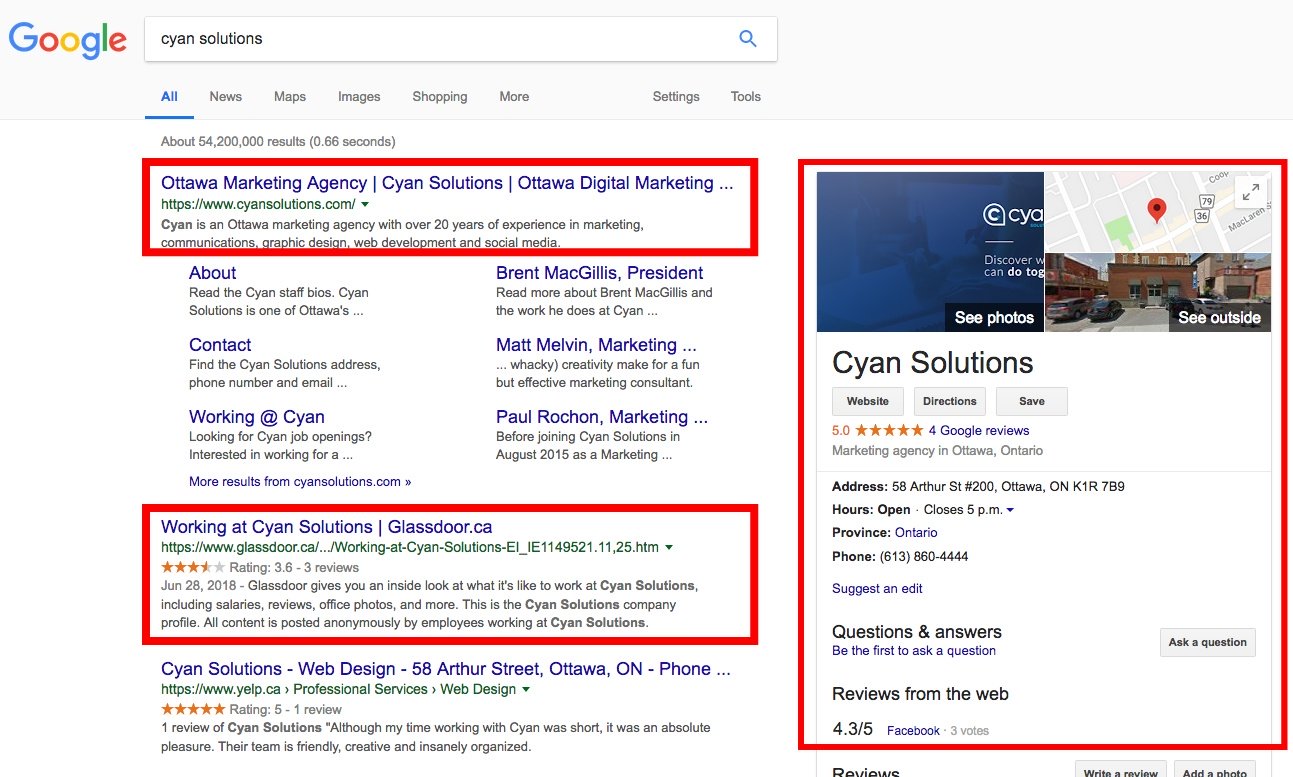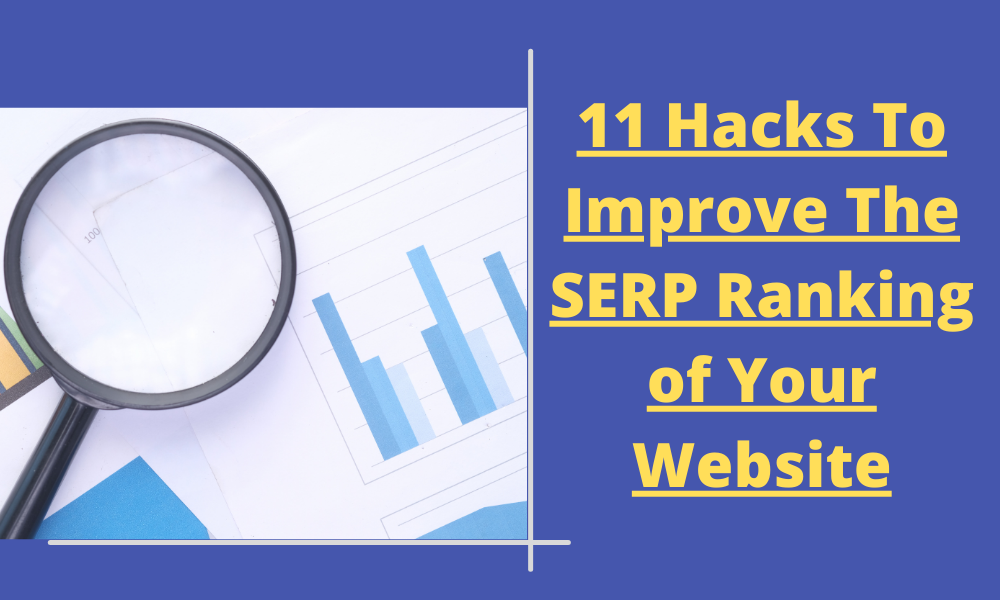Fixing "No Results Found" & SERP Issues: Website Ranking Tips
Is your website languishing in the depths of search engine obscurity? A plunge in website rankings can feel like a digital death knell, but the good news is, most ranking problems stemming from SERP issues can be diagnosed and remedied with a systematic approach.
The digital landscape is an ever-shifting terrain. What worked yesterday in terms of SEO might be actively hurting your website today. Search engine algorithms are constantly evolving, user behavior changes, and competitors are continually refining their strategies. This means that maintaining a strong position in search engine results pages (SERPs) requires constant vigilance, proactive analysis, and a willingness to adapt. When website rankings take a hit, it's crucial to understand that panic is not a strategy. Instead, a methodical approach focused on identifying the root causes and implementing targeted solutions is essential. This article will guide you through common SERP issues that impact website rankings and provide actionable troubleshooting solutions to get your website back on track.
Understanding the fundamental relationship between SERPs and website rankings is crucial. The SERP is the gateway through which users find your website. It's the battleground where websites compete for visibility. Higher rankings on the SERP translate directly to increased organic traffic, brand awareness, and ultimately, conversions. When your website disappears from the first few pages of search results, it signifies a breakdown in this vital connection. Several factors can contribute to this breakdown, ranging from technical SEO issues to content quality problems and algorithmic penalties. The key is to systematically investigate each potential cause to pinpoint the exact source of the ranking decline.
Before diving into specific troubleshooting techniques, it's crucial to establish a baseline. This means documenting your website's current rankings for relevant keywords. Use a reliable rank tracking tool to monitor your position in the SERPs for your target terms. This historical data will serve as a reference point for evaluating the effectiveness of your troubleshooting efforts. Also, analyze your website's traffic using tools like Google Analytics. Look for trends and patterns in your organic traffic data. Has there been a sudden drop in traffic corresponding to the ranking decline? Are specific pages experiencing a more significant decline than others? This data will help you narrow down the scope of your investigation.
Technical SEO issues often lurk beneath the surface, silently sabotaging your website's rankings. One of the most common culprits is crawlability. Search engine crawlers need to be able to access and index your website's content. If your website has technical barriers that prevent crawlers from doing their job, it will struggle to rank. Check your robots.txt file to ensure that you're not accidentally blocking search engine crawlers from accessing important pages. Use Google Search Console to identify any crawl errors or indexing issues. A sitemap is a roadmap for search engine crawlers, guiding them through your website's structure. Ensure that your sitemap is up-to-date and submitted to Google Search Console. Website speed is a critical ranking factor. Slow-loading websites provide a poor user experience and are penalized by search engines. Use tools like Google PageSpeed Insights to identify areas where you can improve your website's loading speed. Optimize images, leverage browser caching, and consider using a content delivery network (CDN) to speed up your website. Mobile-friendliness is no longer optional. Google uses mobile-first indexing, meaning that it primarily crawls and indexes the mobile version of your website. Ensure that your website is responsive and provides a seamless user experience on mobile devices. Use Google's Mobile-Friendly Test to check your website's mobile-friendliness.
Content is the cornerstone of any successful SEO strategy. High-quality, relevant content is essential for attracting and engaging users and for signaling to search engines that your website is a valuable resource. Conduct a content audit to identify any outdated, irrelevant, or thin content on your website. Update or remove content that is no longer relevant. Focus on creating high-quality, original content that provides value to your target audience. Conduct keyword research to identify the terms that your target audience is searching for. Incorporate these keywords naturally into your content, but avoid keyword stuffing, which can be penalized by search engines. Optimize your title tags and meta descriptions to accurately reflect the content of your pages and to encourage users to click through from the SERPs. Use header tags (H1, H2, H3, etc.) to structure your content and to make it more readable for both users and search engines. Internal linking helps search engines understand the relationship between different pages on your website. Use internal links to connect relevant pages and to guide users through your website. Ensure that your website is free of duplicate content, which can confuse search engines and negatively impact your rankings. Use canonical tags to specify the preferred version of a page if you have multiple versions with similar content.
- Unveiling The Life Of Jordyn Blum A Journey Beyond The Spotlight
- Damon Wayans A Comedy Legend Shaping Entertainment
Backlinks are a crucial ranking factor. Backlinks from high-quality, authoritative websites signal to search engines that your website is a trusted resource. Analyze your backlink profile to identify any toxic or low-quality backlinks that could be harming your rankings. Use a backlink analysis tool to identify and disavow any harmful backlinks. Focus on building high-quality backlinks from relevant websites in your industry. Guest blogging, broken link building, and resource page link building are effective strategies for earning backlinks. Social signals, such as likes, shares, and comments, can indirectly impact your rankings. Focus on building a strong social media presence and engaging with your audience on social media platforms. Online reviews can also influence your rankings. Encourage your customers to leave reviews on relevant review sites.
Search engine algorithms are constantly evolving. Staying up-to-date with the latest algorithm updates is crucial for maintaining your website's rankings. Monitor industry news and blogs to stay informed about algorithm changes. Analyze the impact of algorithm updates on your website's rankings and traffic. Adapt your SEO strategy to align with the latest algorithm guidelines. If you suspect that your website has been penalized by a search engine, take action to identify and address the cause of the penalty. Use Google Search Console to check for any manual actions or penalties. Review your website for any violations of search engine guidelines. Submit a reconsideration request to Google once you have addressed the cause of the penalty.
Troubleshooting website ranking issues stemming from SERP problems requires a combination of technical expertise, analytical skills, and a deep understanding of search engine algorithms. By systematically investigating potential causes, implementing targeted solutions, and staying up-to-date with the latest industry trends, you can get your website back on track and reclaim its position in the SERPs.
Remember that SEO is an ongoing process. It requires constant monitoring, analysis, and adaptation. Don't expect overnight results. Building a strong online presence takes time and effort. Stay patient, persistent, and committed to providing value to your target audience. With a well-defined strategy and a consistent effort, you can achieve long-term success in the SERPs.
It's also crucial to address potential "no results" issues. A sudden appearance of "We did not find results for:" messages on your own site could point to internal search malfunctions, broken links, or even indexing problems affecting how your own site's search function operates. Similarly, if users report seeing those messages frequently when searching for your site on Google, it might suggest issues with keyword targeting or overall site visibility.
If search engines suggest users "Check spelling or type a new query" when trying to find your website, that indicates that your SEO efforts might not be effectively matching the terms your target audience is actually using. This underlines the importance of very precise keyword research and understanding search intent.
Ultimately, consistently seeing messages about "SERP issues website rankings troubleshooting solutions" means the search engine itself recognizes a problem area. The key is to delve deep into the analytics, diagnose the specifics, and implement solutions tailored to those precise issues.
Regularly audit your site's SEO performance, addressing issues like broken links, slow loading speeds, and non-optimized content. Monitor keyword rankings and adapt your strategy as the SEO landscape evolves. Analyze competitor strategies to identify potential opportunities for improvement. Engage with your audience on social media to build brand awareness and drive traffic to your website. And, most importantly, focus on providing a high-quality user experience. A website that is easy to navigate, informative, and engaging will naturally attract more visitors and rank higher in the SERPs.
The process of fixing SERP related ranking problems may take time and effort, but with the right approach and a commitment to excellence, you can achieve your SEO goals and build a thriving online presence. By monitoring website traffic, engagement metrics, and conversion rates, you can continuously refine your SEO strategy and ensure that your website remains competitive in the ever-evolving digital landscape.
In conclusion, addressing SERP issues and troubleshooting website rankings is an ongoing endeavor that requires diligence, adaptability, and a data-driven approach. By following the steps outlined in this guide, you can gain valuable insights into the factors that are affecting your website's performance and take proactive measures to improve your rankings and drive more organic traffic to your site. Remember that SEO is a marathon, not a sprint, so stay patient, persistent, and focused on delivering value to your audience, and you will ultimately achieve long-term success in the SERPs.
| Attribute | Information |
|---|---|
| Topic | SERP Issues and Website Ranking Troubleshooting |
| Core Problem | Decline in website rankings due to search engine results page (SERP) related issues. |
| Common Issues | Technical SEO problems (crawlability, indexing, speed, mobile-friendliness), content quality, backlink profile, algorithm updates, penalties. |
| Troubleshooting Steps | Establish baseline rankings, analyze traffic data, address technical SEO issues, improve content quality, build high-quality backlinks, monitor algorithm updates. |
| Tools Mentioned | Rank tracking tools, Google Analytics, Google Search Console, Google PageSpeed Insights, Mobile-Friendly Test, backlink analysis tools. |
| Strategies | Keyword research, content audit, internal linking, guest blogging, broken link building, social media engagement. |
| Potential Issues | We did not find results for: messages, spelling suggestions in search results, difficulty being found for target keywords. |
| Key Takeaway | Ongoing monitoring, analysis, and adaptation are crucial for maintaining website rankings and addressing SERP-related problems. |

7 Reasons Why Your Website Has a SERP Problem Cyan Solutions Ltd.

Blogging for passion

SERP Checker Tools to Check Your Website Rankings in Google